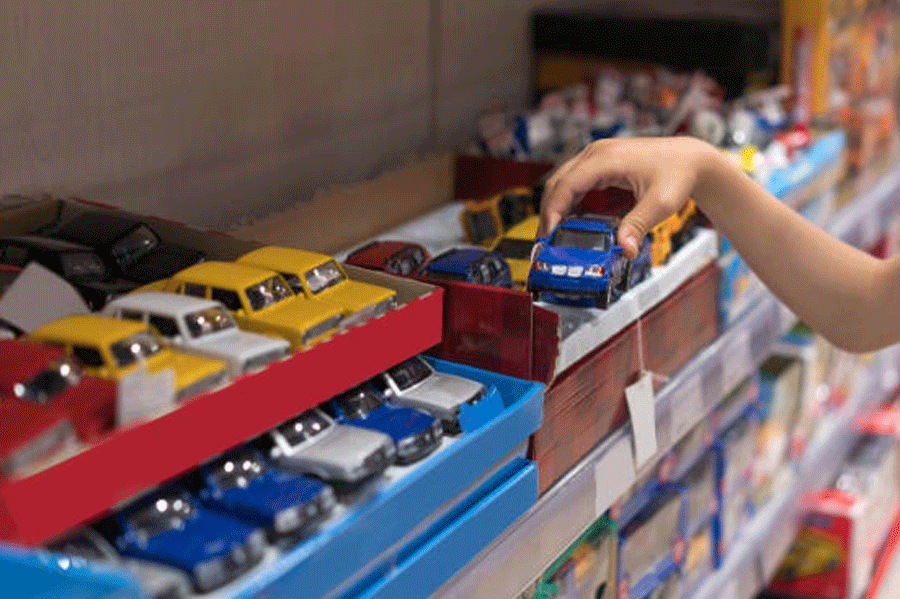The toy industry has witnessed a 52 per cent decline in imports and a 239 per cent rise in exports in 2022-23 compared with 2014-15, the commerce ministry said on Thursday.
The Indian Institute of Management (IIM) Lucknow at the behest of the Department for Promotion of Industry and Internal Trade (DPIIT) has conducted a case study on the “Success Story of Made in India Toys”.
The study observed that “in a span of six years from 2014 to 2020, certain dedicated efforts have led to the doubling of the number of manufacturing units, reduction in dependence on imported inputs from 33 per cent to 12 per cent, increase in gross sales value by a CAGR of 10 per cent, and an overall rise in labour productivity”.
The report analysed that India is also emerging as a top exporting nation due to the country’s integration into the global toy value chain, along with zero-duty market access for domestically manufactured toys in other countries, including the UAE and Australia.
The report stated that in order to position India as a viable alternative to current toy hubs of the world such as China and Vietnam, consistent collaborative efforts of the industry and the government are essential.
The sector needs advancements in technology, embracing e-commerce, encouraging partnerships and exports.
Investment in brand-building will help while engaging with educators and parents to communicate with children and valuing cultural diversity and collaborating with regional artisans will go a long way to promote the sector.
The government has increased basic customs duty on toys from 20 per cent to 60 per cent in February 2020, and subsequently to 70 per cent in March 2023.










